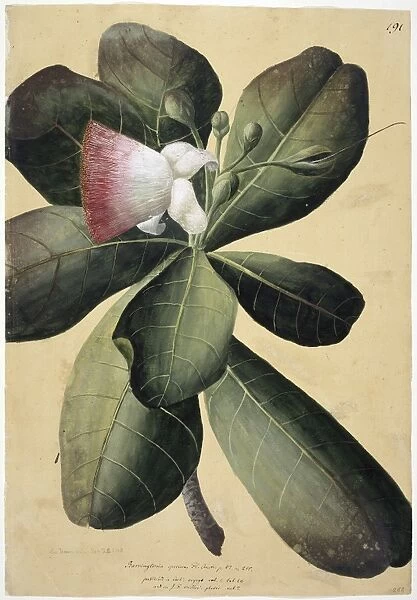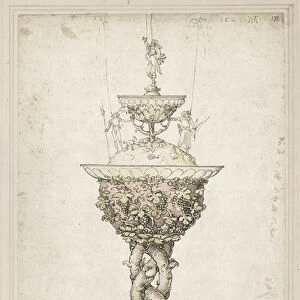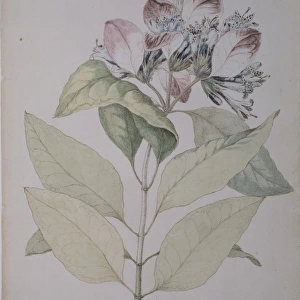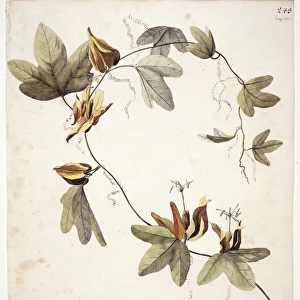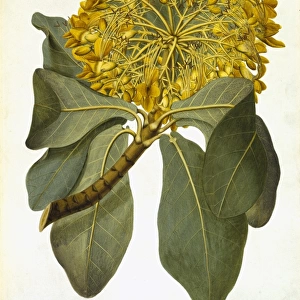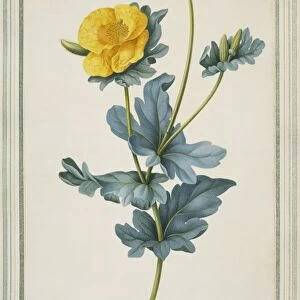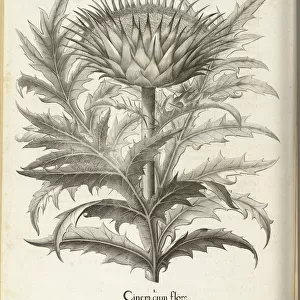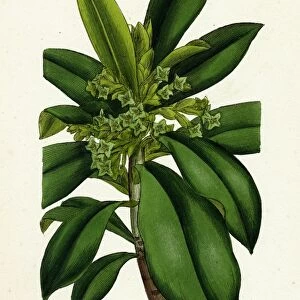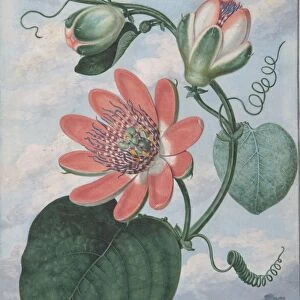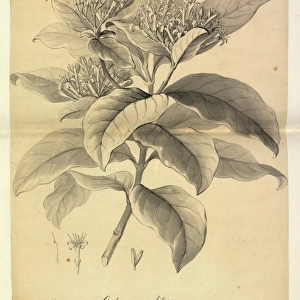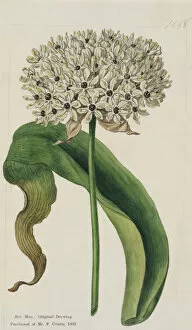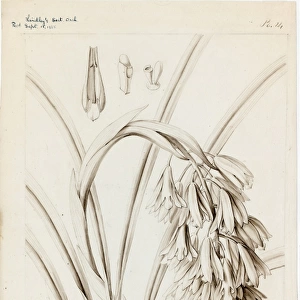Barringtonia speciosa, barringtonia tree
![]()

Wall Art and Photo Gifts from Mary Evans Picture Library
Barringtonia speciosa, barringtonia tree
No. 266 from the Botanical Drawings by George Forster made during Cooks second voyage 1772-1775. Illustration annotated with the number 191
Mary Evans Picture Library makes available wonderful images created for people to enjoy over the centuries
Media ID 8618251
© Mary Evans Picture Library 2015 - https://copyrighthub.org/s0/hub1/creation/maryevans/MaryEvansPictureID/10706145
1754 1794 18th Century Asterid Captain Cook Captain James Cook Cook Ericales Eudicot Forster Johann George Adam Johann George Adam Forster Angiospermae Barringtonia Dicot Dicotyledon Lecythidaceae Magnoliophyta
EDITORS COMMENTS
This exquisite botanical illustration, numbered 191, depicts the Barringtonia speciosa, also known as the Barringtonia tree, as drawn by George Forster during Captain James Cook's second voyage from 1772 to 1775. Forster, a naturalist on the voyage, meticulously documented the flora of the Indo-Malayan region, including this striking flowering plant. The Barringtonia speciosa is an angiosperm, or flowering plant, belonging to the order Ericales and the family Lecythidaceae. It is an eudicot, meaning it has two seed leaves, or cotyledons, and is a member of the Magnoliophyta division. The tree is native to the tropical waters of the Indian and Pacific Oceans. The illustration, annotated with the number 191, showcases the tree's distinctive pink flowers, which bloom in large clusters. The leaves are large, broad, and oblong in shape, with a smooth, glossy surface. The tree's bark is also notable for its unique, scaly texture. This illustration was created by the skilled hand of Johann George Adam Forster, who accompanied his father, George Forster, on the voyage. The drawing is part of a larger collection of botanical illustrations produced during the voyage, which documented over 1,300 new plant species. The Barringtonia speciosa remains an important species in the study of angiosperms and dicots, and its discovery during Cook's voyage expanded European knowledge of the natural world. This beautiful illustration serves as a testament to the scientific curiosity and exploration of the 18th century.
MADE IN THE USA
Safe Shipping with 30 Day Money Back Guarantee
FREE PERSONALISATION*
We are proud to offer a range of customisation features including Personalised Captions, Color Filters and Picture Zoom Tools
SECURE PAYMENTS
We happily accept a wide range of payment options so you can pay for the things you need in the way that is most convenient for you
* Options may vary by product and licensing agreement. Zoomed Pictures can be adjusted in the Cart.

